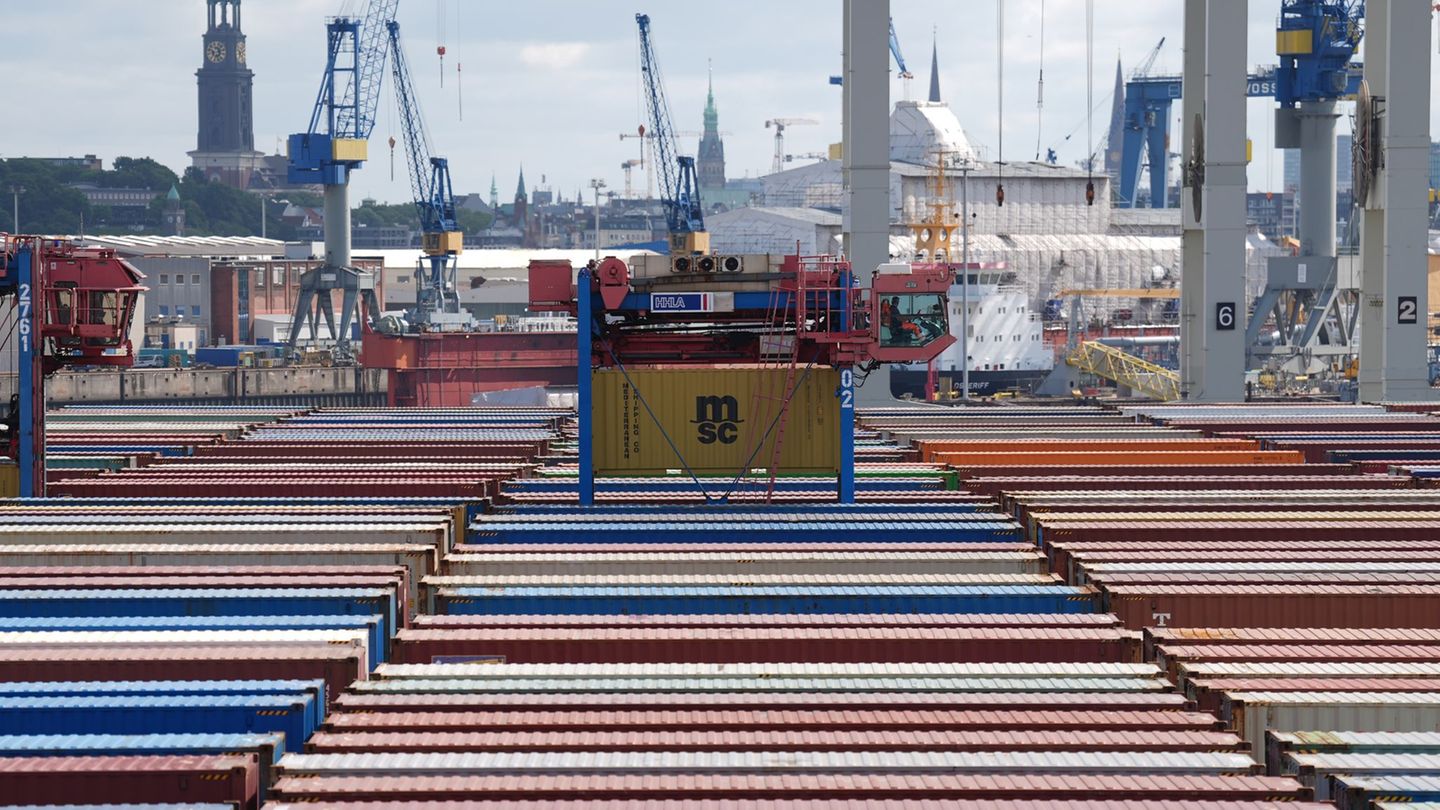Menu
The deepest stood since the end of 2021: Trump’s tariffs let exports break into the USA
Categories
Most Read
Carlos Melconian warned that there are numbers that reflect a devaluation and that the dollar could reach $2,000
October 19, 2025
No Comments
Which are the provinces with the largest number of workers and what salaries do they pay?
October 19, 2025
No Comments
Mother’s Day sales fell 3.5% annually
October 19, 2025
No Comments
They will do everything possible to generate panic with the dollar
October 19, 2025
No Comments
Meat increased less than inflation in the last four months: the reasons
October 19, 2025
No Comments
Latest Posts

Formula 1: Perfect Texas ride for Verstappen: World Cup opportunity “is here”
October 19, 2025
No Comments
PierceI am Pierce Boyd, a driven and ambitious professional working in the news industry. I have been writing for 24 Hours Worlds for over five

Formula 1: Perfect Texas ride for Verstappen – World Cup leader weakens
October 19, 2025
No Comments
PierceI am Pierce Boyd, a driven and ambitious professional working in the news industry. I have been writing for 24 Hours Worlds for over five

the business climate of Argentine exporters
October 19, 2025
No Comments
Fernando Landa, president of the Chamber of Exporters (CERA), He assured in dialogue with Ámbito that he does not observe a conflict in terms of
24 Hours Worlds is a comprehensive source of instant world current affairs, offering up-to-the-minute coverage of breaking news and events from around the globe. With a team of experienced journalists and experts on hand 24/7.

